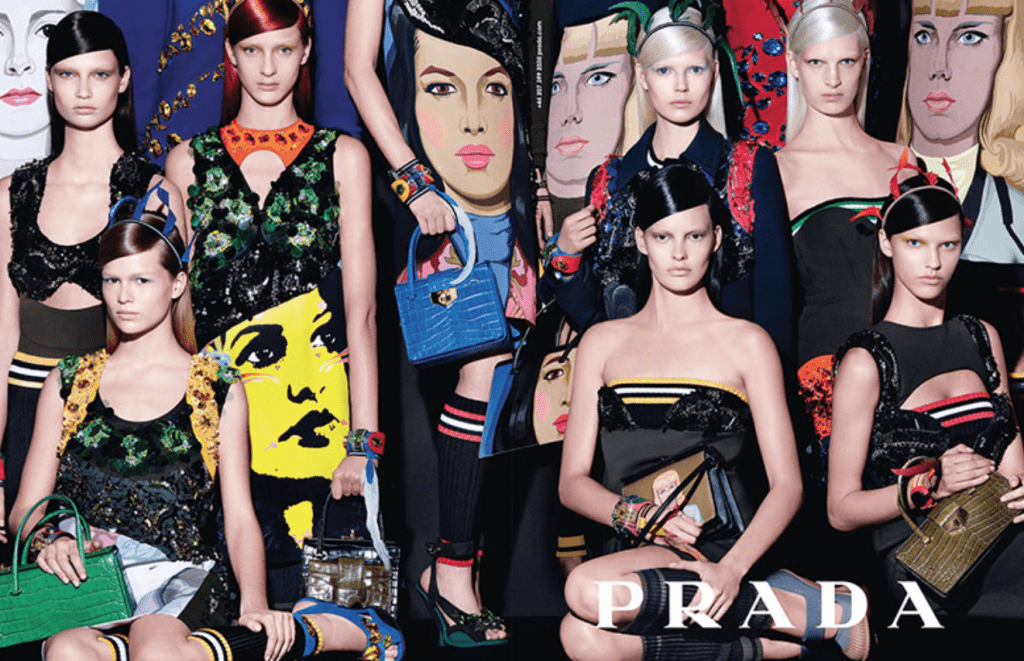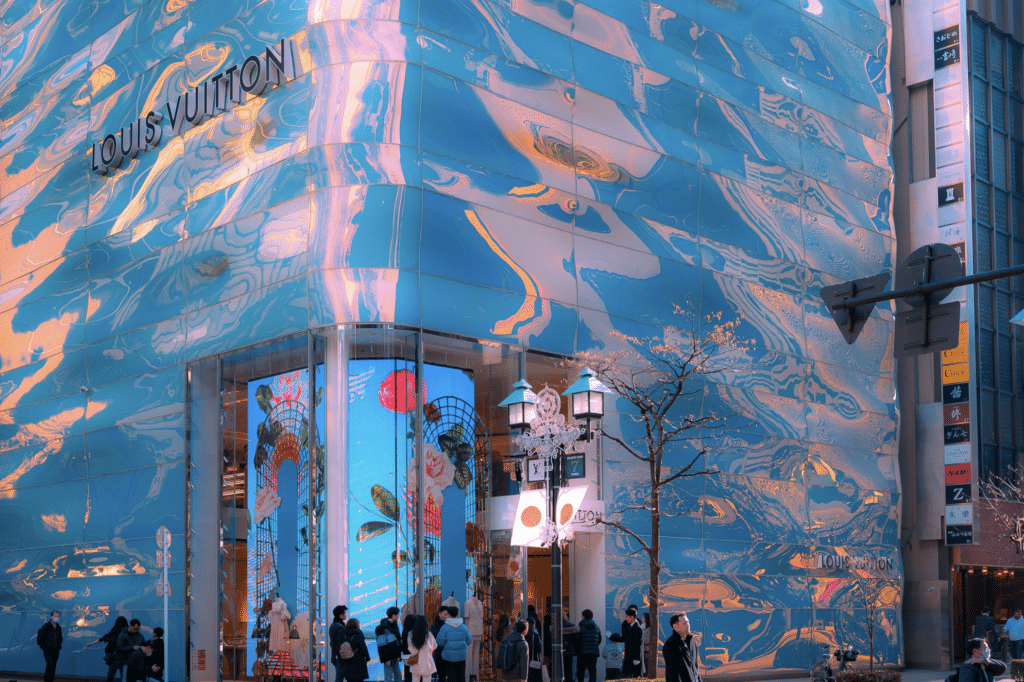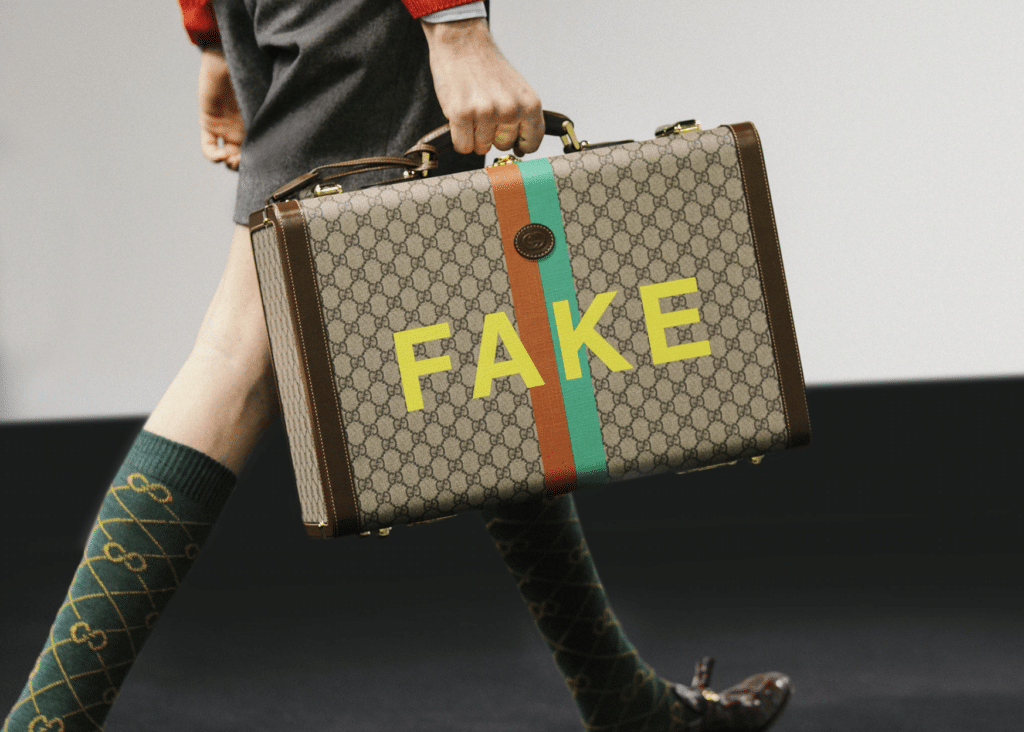“We’ve already got a black girl,” “It’s not our creative vision,” “Our customer isn’t ready yet.” These are the excuses we hear time and time again to explain the lack of models of color in the fashion industry. In fact, the more you talk to people in our profession about this, the more you realize that these statements are tired, unimaginative and backwards; things this industry supposedly detests.
With the internet and particularly social media giving a voice to experts and amateurs alike, accusations of racism have been heating up in recent years. From all-white catwalks, to makeup artists not coming prepared to work with black models, to cultural symbols being ripped off and sold to the masses, we’re more aware than ever of how our complacent behavior offends and excludes others. Our tendency to pigeonhole black models into certain niches – such as “urban” or “exotic” – has left them underrepresented and underpaid in comparison to their white counterparts.
This moved Maxwell Osborne, one half of the Public School design duo, to pen his open letter, as featured in W Magazine, to call on the fashion industry to stand with #blacklivesmatter, expressing his opinion that, “Fashion is always at its best when it looks outside of itself for inspiration and holds up a mirror to society. Sometimes we do that on the runway and sometimes when we come together as an industry and take up important causes.”
In the UK, which has seen a steep rise in the number of hate crimes since the decision to leave the EU and where hundreds of people joined in solidarity with #blacklivesmatter in a march through London, a recent discussion on the matter came by way of The Fashion Debates, a new series of events for industry professionals to discuss the crucial issues around the ethics of our sector. Jody Furlong, Founder of The Eye Casting; Naomi Mdudu, Editor of The Lifestyle Edit; and Anna-Mari Almila, Research Fellow in Sociology of Fashion at London College of Fashion, shared their thoughts in a panel discussion.
Furlong, who has helped cast models for fashion campaigns including Adidas, Uniqlo and Hunter, has heard countless excuses for not including models of color in runway lineups and ad campaigns. One particularly uncomfortable casting description, he revealed, read: “Should be Chinese. Preferably half Chinese. Must have almond eyes, must not have slitty eyes to avoid looking untrustworthy.” It goes to show that what goes on in many industry insiders’ private email inboxes is often even worse than what we see on the runways.
Furlong also highlighted just how out of touch many brands are with their target demographic, citing casting memos that aimed to reach “trendy, young, urbanites” but which resulted in lineups consisting of purely white models. Not only are such demonstrations ignorant of diversity but they are inaccurate of cosmopolitan millennials’ friendship circles.
For Mdudu, herself a black woman, who has built a successful fashion career despite having no black role models to look up to in the industry, she feels particularly angry at how designers steal cultural symbols to use on white models. “It still riles me when you see ‘tribal trends,’” she says. “A big brand will take a print and the colors of a culture and not credit them. So, your brand is more ready to embrace and profit off a culture than your customer is ready to see that face represented.”
Terms like “tribal” and “ethnic” have been used to the point of cliché in fashion often without designers crediting a specific tribe that inspired their “tribal” collection or a media outlet exploring the origin of these motifs any real depth. As a researcher, Almila sees this as a consequence of broader issues in the world and explained why it’s unacceptable for the West to do this. “When someone who has more power – socially, economically, politically – takes something from a community, then it’s a problem,” she stated.
Almila said believes the fashion industry’s race problem goes deeper than the catwalk, “It’s impossible not to connect this with the fact that women of color around the globe are making our clothes very cheaply in poor conditions. There is global inequality in all areas of the way the fashion industry works.”
With the repurposing of catwalks as a business-to-consumer marketing tool, there is now a disconnect between what designers are presenting and what consumers expect to see, and this has led to significant outcries from the public in recent seasons from the public. However, Furlong believes that when it comes to challenging designers and magazines on their use of models, it’s important to remember that it’s often been done out of naivety or ignorance, rather than something more sinister. While social media is a great tool for opening a discussion around it, it’s too often used to shout and attack, which does little to initiate a productive conversation.
Similarly, defensive comments from some of the most prominent (and white) figures in the industry have also not helped to improve the industry. Alexandra Shulman was quoted by the Daily Mail in 2011 in response to racist tirades from John Galliano and ‘it-boy’ hairdresser James Brown saying, “I don’t think that fashion is institutionally racist in the slightest. There have always been black players on the scene — at the moment look at the stylist Edward Enninful, make-up artist Pat McGrath and [models] Jourdan Dunn, Liya Kebede and Joan Smalls, who are at the top of the tree.”
More recently, Demna Gvasalia, the creative director for both Vetements and Balenciaga, was displeased with backlash surrounding his homogenous catwalks at both Vetements and Balenciaga. In an interview with The Telegraph he brushed off his casting choices saying, “Our criteria for choosing models was purely based on the idea of diversity of character. We had very different types of girls but Lotta [Volkova, stylist and model] who works with me, we come from this cultural background where [race] is not even an issue.”
The “art” card is often used to take the heat off these discussions but as Furlong raised during The Fashion Debates, “If you’re saying non-white models aren’t in your creative vision, why is your creative vision so small?” And Mdudu astutely interjected, “Your ‘creative vision’ begins to change when you have emerging economies you want to cater to.”
In the 1990’s we saw a rise in multiracial adverts, with adverts by CK One and United Colors of Benetton going down in history as some of the most iconic adverts of all time. Why have we gone backwards when we know how well the embrace of diversity can work? While it’s unlikely that any fashion company would be brave enough to hold their hands up and admit their oversight on this issue, it’s important that we recognize that none of us are exempt from preconceptions, stereotypes and discrimination. And in a creative industry, that’s meant to be pushing boundaries, these stereotypes only stifle us.
Concluding The Fashion Debates, Furlong was asked “Is the fashion industry racist?” to which he answered, “Yes, but no more than the rest of society.”
Olivia Pinnock is a freelance fashion journalist based in London and founder of The Fashion Debates talks on ethical issues in the industry.











